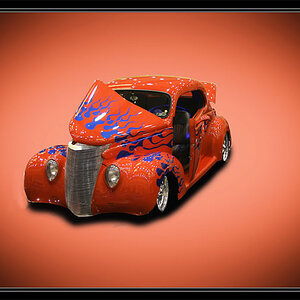Garbz
No longer a newbie, moving up!
- Joined
- Oct 26, 2003
- Messages
- 9,713
- Reaction score
- 203
- Location
- Brisbane, Australia
- Website
- www.auer.garbz.com
- Can others edit my Photos
- Photos NOT OK to edit
Hi all especially terri since she's the expert on all things IR  Here are the results of my first roll of Kodak HIE using a Hoya A25 red filter. With each image is the ISO speed, the exposure adjustment, and the markings on the back of the photograph which I believe were the exposure settings for the print. Can someone please explain what they mean and recomend a new exposure for each image.
Here are the results of my first roll of Kodak HIE using a Hoya A25 red filter. With each image is the ISO speed, the exposure adjustment, and the markings on the back of the photograph which I believe were the exposure settings for the print. Can someone please explain what they mean and recomend a new exposure for each image.

ISO 336 +0, N N N-1 06 (Looks Great)

ISO 336 +0, N N N N 21 (This one too)

ISO 336 -1, N N N+2-43

ISO 336 -1, N N N N-21

ISO 336 -1, N N N N 02 (This one looks perfect)

ISO 336 -1, N N N-1 24

ISO 266 -1, N N N N-06 (This one looks good too)

ISO 336 -1, N N N+3-14

ISO 336 -1, N N N N-20
Except for 2 the rest look pretty overexposed. However I can't really judge by how much since the lab obviously did some post processing on the images. Can anyone here help me decipher the NNNNs My camera unfortunatly only has 2 settings between 200 and 400 which is the reason for the strange values.
Also I posted the images unchanged this time, so you can see my scanner in all it's CRAP glory. They aren't as dull as they look.

ISO 336 +0, N N N-1 06 (Looks Great)

ISO 336 +0, N N N N 21 (This one too)

ISO 336 -1, N N N+2-43

ISO 336 -1, N N N N-21

ISO 336 -1, N N N N 02 (This one looks perfect)

ISO 336 -1, N N N-1 24

ISO 266 -1, N N N N-06 (This one looks good too)

ISO 336 -1, N N N+3-14

ISO 336 -1, N N N N-20
Except for 2 the rest look pretty overexposed. However I can't really judge by how much since the lab obviously did some post processing on the images. Can anyone here help me decipher the NNNNs My camera unfortunatly only has 2 settings between 200 and 400 which is the reason for the strange values.
Also I posted the images unchanged this time, so you can see my scanner in all it's CRAP glory. They aren't as dull as they look.


![[No title]](/data/xfmg/thumbnail/42/42467-e93a2a1ecfbab434ac7d27c9d0dd0a02.jpg?1619740193)
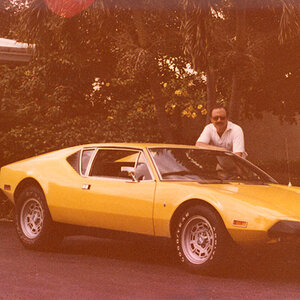
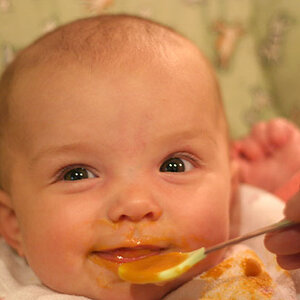
![[No title]](/data/xfmg/thumbnail/41/41780-5efe87aed04575de7c09b065d70763ae.jpg?1619739890)

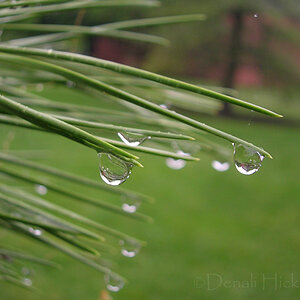
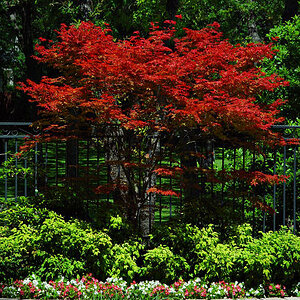
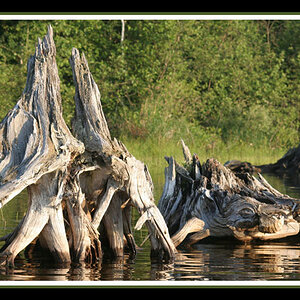
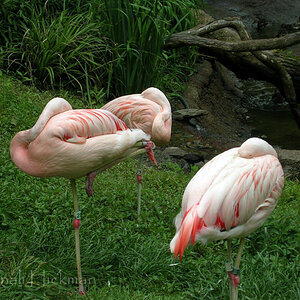
![[No title]](/data/xfmg/thumbnail/42/42464-98a778e864f4e6df2a9cc673b7549322.jpg?1619740192)
![[No title]](/data/xfmg/thumbnail/42/42465-64dd69400e2bfaf59e558c3d8c934271.jpg?1619740192)
